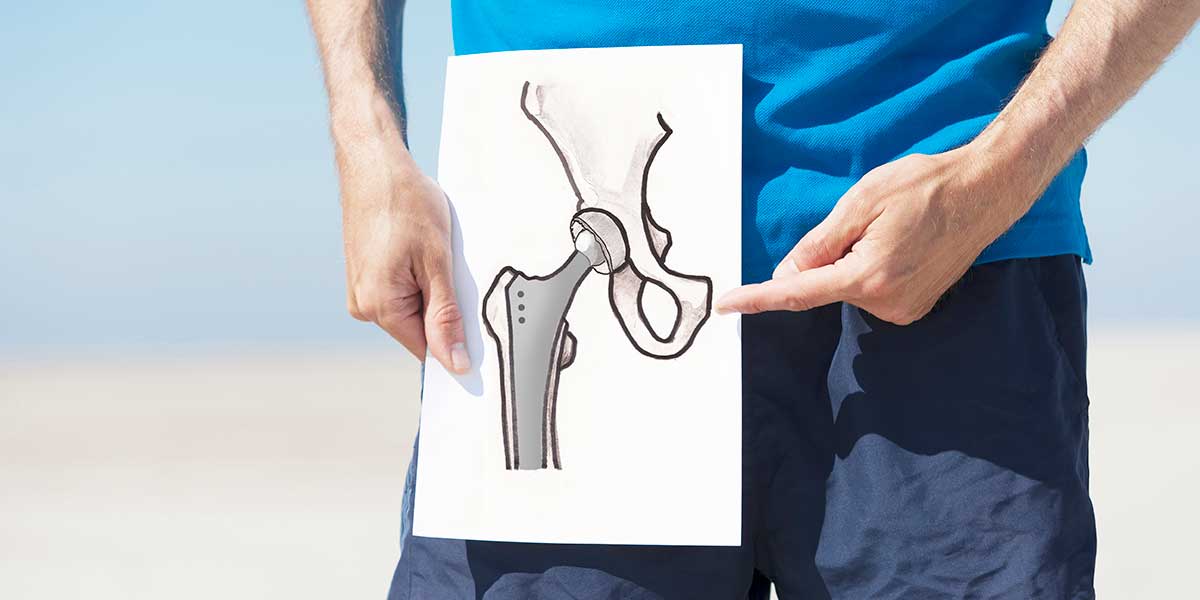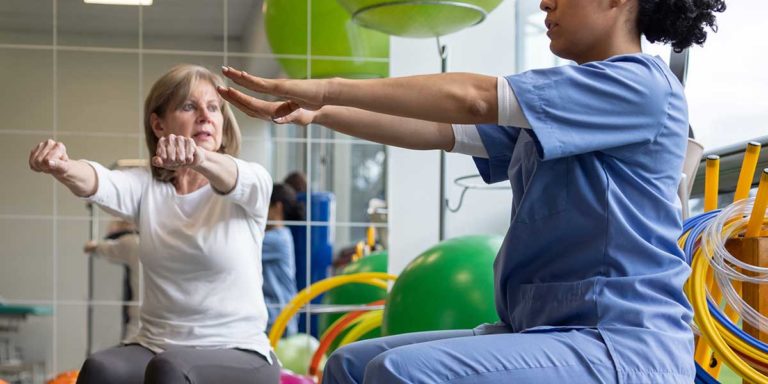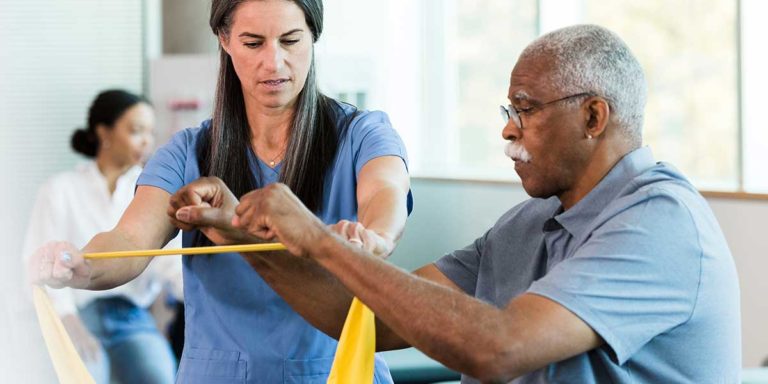Rehabilitation for Joint Replacement
Joint replacement surgeries have become increasingly common in recent years, offering relief to individuals suffering from debilitating joint conditions. Whether it’s a hip, knee, or shoulder replacement, the success of these procedures often hinges on the post-operative rehabilitation process. Physical therapy plays a crucial role in helping patients regain mobility, strength, and independence following joint replacement surgery. In this blog, we’ll explore the essential aspects of rehabilitation for joint replacement and how physical therapy contributes to a successful recovery.
Understanding Joint Replacement
Joint replacement surgery is typically recommended for individuals who suffer from severe joint pain and disability caused by conditions such as osteoarthritis, rheumatoid arthritis, or joint trauma. During the procedure, the damaged joint is removed and replaced with a prosthetic implant made of metal, plastic, or ceramic. While joint replacement surgery can significantly improve quality of life and reduce pain, the success of the surgery depends on proper rehabilitation.
The Role of Physical Therapy
Physical therapy is an integral part of the recovery process after joint replacement surgery. It helps patients regain their range of motion, strength, and function while minimizing pain and reducing the risk of complications. Here’s a breakdown of the physical therapy process for joint replacement rehabilitation:
- Pre-surgery Assessment: Physical therapy often begins before the surgery itself. The therapist will assess your pre-operative physical condition, discuss your goals, and create a personalized treatment plan tailored to your needs.
- Immediate Post-Operative Care: After the surgery, physical therapy usually starts within 24 hours. Initially, the focus is on pain management, swelling reduction, and gentle exercises to prevent stiffness and blood clot formation. A physical therapist will assist you with safe movements and walking using assistive devices like crutches or walkers.
- Range of Motion Exercises: As healing progresses, physical therapy will focus on improving joint mobility. Gentle range of motion exercises will be introduced to help you regain flexibility and prevent joint stiffness.
- Strengthening Exercises: Building strength in the muscles surrounding the replaced joint is crucial for stability and functional recovery. Your physical therapist will design a progressive strength training program tailored to your specific joint replacement.
- Gait Training: Learning to walk correctly and without pain is a critical aspect of joint replacement rehabilitation. Your therapist will work with you to establish a natural and efficient gait pattern while ensuring you are using any assistive devices correctly.
- Pain Management: Managing post-operative pain is essential for your comfort and progress. Physical therapists use various modalities like heat, ice, and manual techniques to help alleviate pain and discomfort.
- Functional Training: To ensure a successful return to daily activities, physical therapy will focus on functional movements such as getting in and out of a chair, climbing stairs, and performing tasks relevant to your daily life.
- Education and Home Exercise Program: Your physical therapist will provide education on joint protection techniques and an exercise program to continue at home. Consistency with home exercises is vital for ongoing improvement.
- Progress Monitoring: Throughout your rehabilitation, your therapist will regularly assess your progress and adjust the treatment plan accordingly to meet your evolving needs and goals.
- Return to Normal Activities: The ultimate goal of joint replacement rehabilitation is to enable you to return to your normal activities, including work, hobbies, and recreational pursuits, with minimal pain and limitations.
Rehabilitation for joint replacement is a comprehensive process that requires dedication and collaboration between the patient and the physical therapist. While it can be challenging at times, the rewards of regaining mobility and independence are well worth the effort. If you or a loved one is considering joint replacement surgery, remember that the journey doesn’t end in the operating room; it continues with the guidance and support of a skilled physical therapist. By following the prescribed rehabilitation program, you can look forward to a brighter, pain-free future with your new joint.







